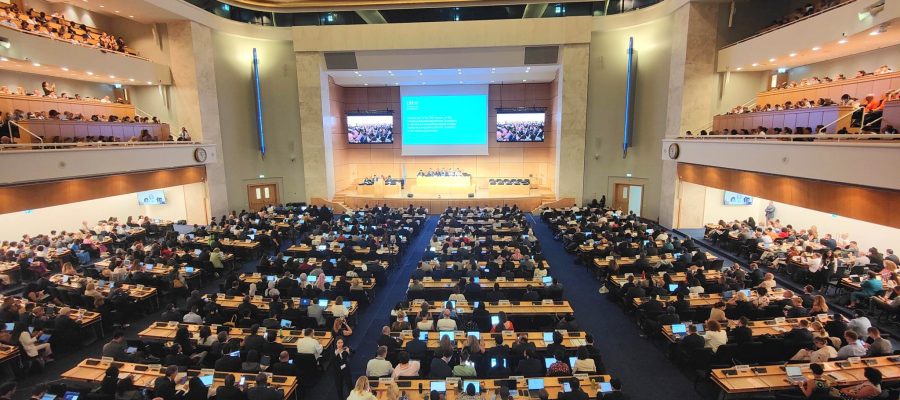Our living and breathing environment depends on us to complete the loop of coexistence and maintain its healthy balance. As with the patterns in nature, its living organisms are also interdependent, and we play a big part in the loop. If we lose the delicate balance, all in the biodiversity loop are affected either directly or by extension.
With a goal of spreading awareness of biodiversity issues, the United Nations, back in the year 2000, proclaimed May 22nd to be The International Day for Biodiversity.
This year’s theme; ‘From Agreement to Action: Build Back Biodiversity’ urges us to actively participate in restoring our biodiversity and doing what we can to help implement the Kunming-Montreal Global Biodiversity Framework, which informs the Biodiversity Day’s goals.
The above-mentioned framework was approved at the Conference of the Parties’ fifteenth meeting (COP 15). This historic Framework lays out an ambitious plan to realize the global goal of a world in harmony with nature by the year 2050, supporting the accomplishment of the Sustainable Development Goals (SDGs) and building on the Convention’s earlier Strategic Plans. The Framework’s essential components are 23 targets for 2030, derived from 4 main ambitions for 2050.
In summary, the 4 main ambitions are
- Human induced extinction of threatened species is halted and abundance of native wild species increased, safeguarding their adaptive potential.
- By 2050, biodiversity will be used and managed sustainably, and people will value, maintain, and improve ecosystem functions and services, including restoring those that are currently in decline.
- Benefits from genetic resources to be shared fairly and equitably, with indigenous peoples and local communities, to help contribute to biodiversity conservation.
- Financial resources, capacity-building, technical and scientific cooperation, and access to and transfer of technology are secured and accessible to all Parties, closing the biodiversity finance gap.
The 23 targets for 2030 are strategies within the 4 main ambitions, that lead to each ambition’s fulfilment.
WHERE DOES THE KENYA PLASTICS PACT COME IN?
The first two of the International Day of Biodiversity’s ambitions align with Kenya Plastics Pact’s goal of adopting a Circular Economy by reducing destructive human impact i.e. plastic pollution.
Specifically, target 7 under the aim to reduce threats to biodiversity; whose goal is to ‘Reduce pollution risks and negative impact from all sources by 2030, including reducing excess nutrients, pesticides, and plastic pollution.’
In our bid to actively restore our environment, one of our projects dubbed The Coast Project implemented by our secretariat; Sustainable Inclusive Business (SIB) in Moroto settlement helps highlight our contribution to preserving Biodiversity. Implemented in 2020, this project’s aim was to empower Moroto’s Local community and help them see the importance of investing in and managing their environment.
The project aimed to empower the women and youth in Moroto settlement to gain entrepreneurial skills and access to funding for businesses that implement the Circular Economy model. The project supported entrepreneurs to establish businesses that present solutions in plastic waste management and using waste as raw material.
Benefiting the environment (biodiversity) and the local community, the Moroto settlement Project serves as a practical example of coexisting with our biodiversity.
We choose to remember this project on this year’s International Day of Biodiversity, as it continues to serve the planet (biodiversity), and the people of Moroto Settlement. The continuous battle of maintaining the balance in our biodiversity is the drive behind our projects.
What little effort can you make to contribute in rebuilding and preserving our biodiversity?

